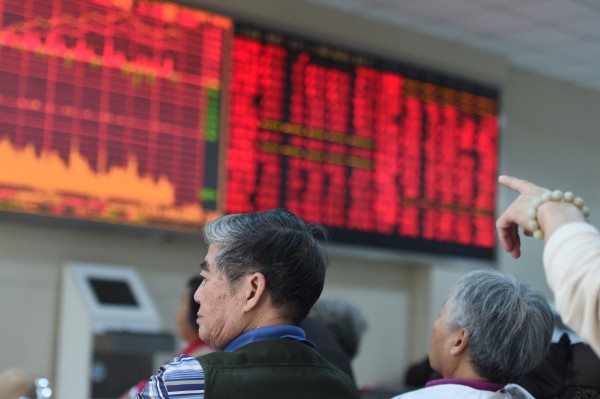

Follow us on:  
|


Asian and emerging markets have adapted to the prospects of the Fed increasing interest rates [Xinhua]
The dollar was up 0.72 per cent against the Russian ruble at press time, and the South African rand by 0.47 per cent, but down 0.64 per cent against the Brazilian real
Nevertheless, the news remains particularly promising in Brazil and Russia, which have for the past three years suffered from a near-debilitating recession.
According to the MSCI emerging market indices, Brazil’s markets gained 21 per cent in the past quarter.
Brazil, which had been hard hit by recession since the Federal Reserve tapered off its quantitative easing policy, managed to lower inflation considerably in the past 18 months.
Russia’s were boosted by a jump of 14 per cent.
The MSCI Emerging Markets Index, which measures equity market performance in some 26 emerging countries and accounts for 10 per cent of the world market capitalization, is up 23.4 per cent in the first two quarters of the year.
But the rise in the dollar on the back of an expected interest rate hike by the Federal Reserve began to chip away at the gains in emerging markets.
The possibility of tax reforms, a campaign promise from then candidate Donald Trump, is also serving to strengthen the dollar.
Despite a slip on Monday against the US dollar, emerging market economies where still doing far better than this time last year.
Take China, for example, one of the biggest factors making emerging markets lucrative again is Beijing’s economic policy has not only become adaptive to US market shifts – namely, Fed policy – but is also proactive by drawing up scenarios which include the prospects of US interest rate hikes.
The same is true of India, Turkey, Poland and many others.
This has largely helped stabilize commodity markets – also seen in strengthening currency stability, ultimately leading to stronger confidence in the economy.
In particular, Chinese investors were encouraged by manufacturing activity data which pointed to the fasted growth in five years this September.
The BRICS Post with inputs from Agencies